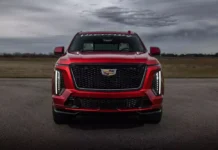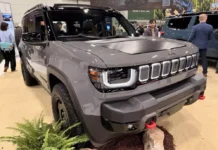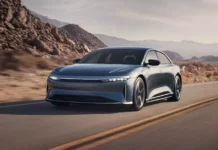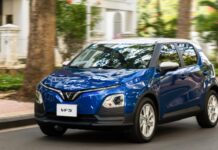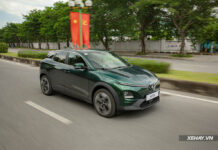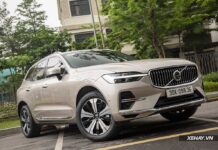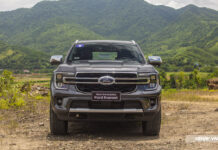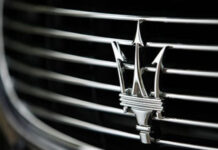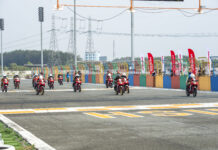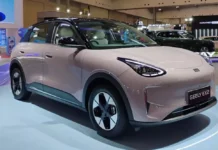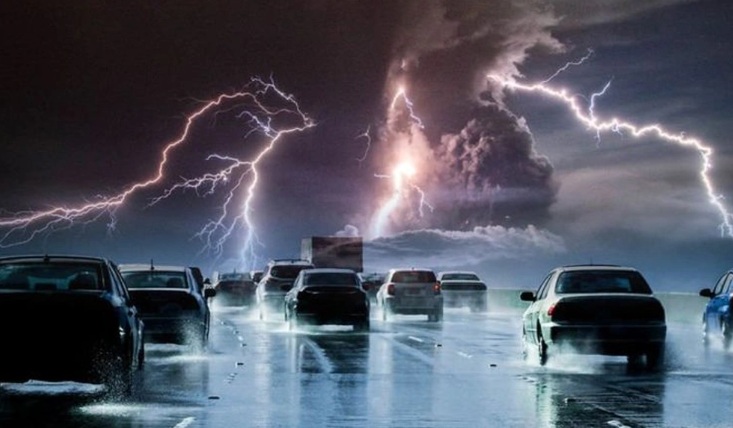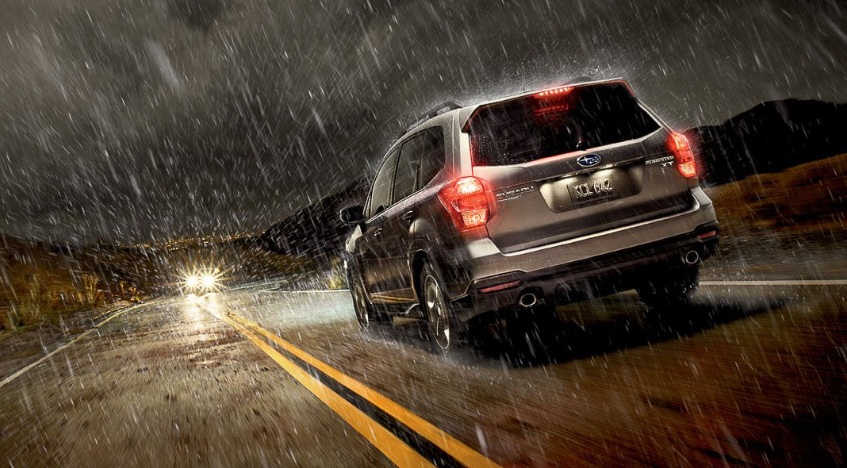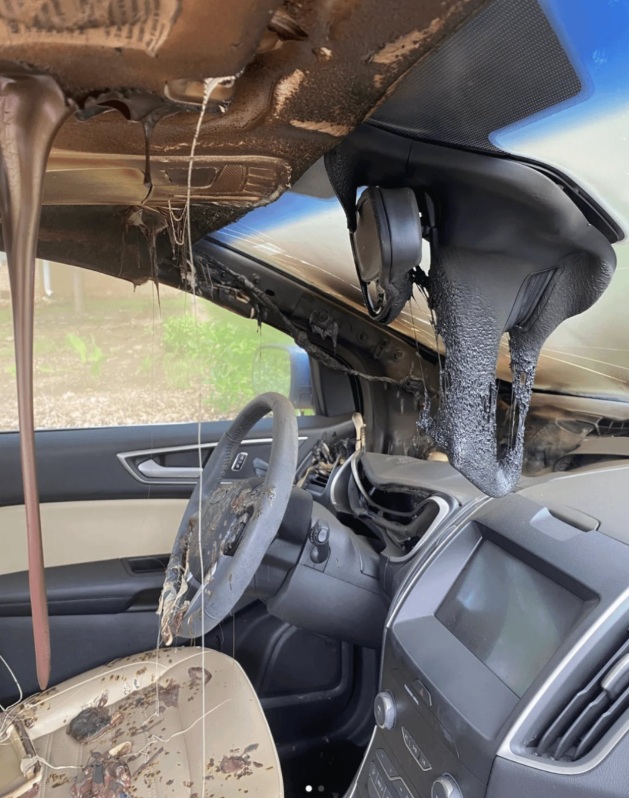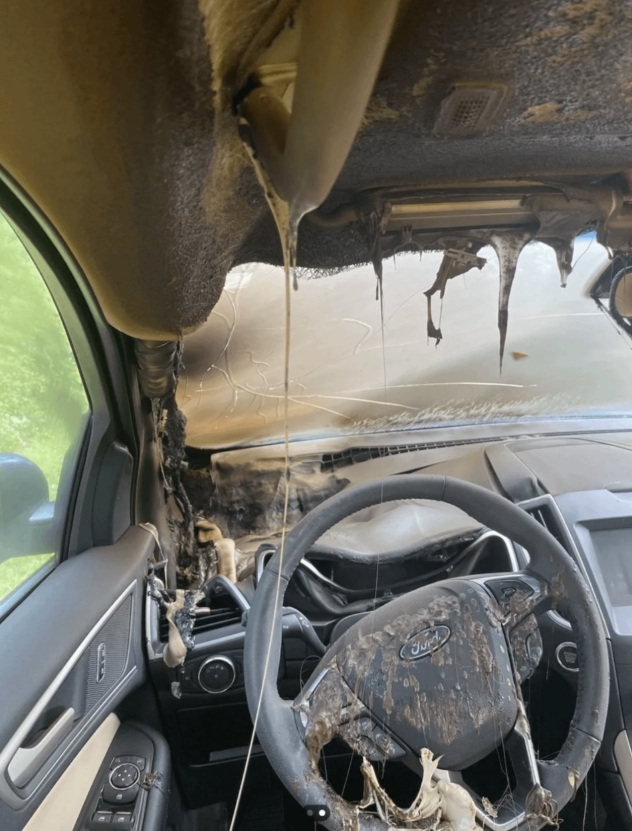Among the myriad of natural hazards, lightning remains one of the most unpredictable and formidable forces.
Not only can it affect humans and structures, but vehicles are also susceptible to these powerful strikes. The question, “Is it safe to be in a car during a lightning storm?” is a common concern for many.
In reality, it is entirely possible for lightning to strike a car. However, according to experts, cars are one of the safest places to be during a lightning storm due to their closed-metal body structure, which acts as a “Faraday cage.”
When lightning strikes a car, the intense electrical current does not penetrate the interior space but instead travels along the outer metal surface and then down to the ground through the tires. This “Faraday cage” effect protects passengers by directing the electricity around the vehicle rather than through it.
However, this does not mean that the car escapes unscathed. Depending on the intensity of the lightning and the car’s structure, some damage may occur.
While the occupants of the car are usually safe due to the “Faraday cage” effect of the metal body, the vehicle itself can sustain significant damage. One of the most common issues is the failure of electronic systems, including the central control unit (ECU), sensors, lights, entertainment system, and air conditioning, which may short-circuit due to the sudden electrical surge.
The tires are also vulnerable – the electrical current passing down through the tires can cause them to explode or burn if the pressure is not up to standard. Additionally, the extreme heat generated by the lightning bolt can cause the windshield or windows to expand rapidly, resulting in cracks or breaks. At the point of impact, the exterior paint may show signs of scorching, peeling, or discoloration. Although the interior is rarely affected, it is crucial to thoroughly inspect the vehicle for external damage and electrical issues to ensure safe operation after the incident.
According to automotive experts, in rare circumstances, lightning can penetrate the interior of the car and cause severe damage. This typically occurs due to open or improperly sealed windows, providing a pathway for the lightning to enter the cabin. It can also happen in vehicles that do not have a complete Faraday cage structure, such as convertibles, cars with aluminum or plastic bodies, or those with external metal conductors like extended radio antennas or peripheral device cables. When the electrical system shorts out, it can generate intense heat, causing materials like plastic, leather, or LCD screens to melt.
However, the experts emphasize that these cases are extremely rare. In most recorded incidents, the damage caused by lightning is primarily limited to the car’s exterior and electronic systems, while occupants who follow safety protocols remain largely unharmed.
During lightning storms, drivers should take precautions such as remaining inside the vehicle with the windows closed. The metal body of the car acts as a protective shield against electrical currents. Avoid touching metal surfaces inside the car, such as door frames, handles, or steering wheels with metal cores, to minimize the risk of electrical conduction. It is also advisable to refrain from using electronic devices that are plugged into the car’s electrical system or are charging to prevent potential issues caused by electrical surges. After a storm, if you suspect that your vehicle has been affected by lightning, have it thoroughly inspected at a service center to ensure the electrical system, glass, and control systems are safe to operate.
Although lightning striking a car is a dangerous event, the fundamental design of the vehicle’s metal body provides a reasonable level of safety for its occupants. However, underestimating the potential indirect effects, such as electrical malfunctions or interior damage, can lead to severe consequences.
Therefore, in addition to driving skills, possessing knowledge and taking proactive measures regarding safety during adverse weather conditions will contribute to a more confident and secure journey. When properly maintained and used, a car can serve not only as a means of transportation but also as a safe haven amidst the storm.
The Lucid Air Sapphire: Now the World’s Fastest Armored Car, Priced at VND 11.8 Billion.
U.S. Armor Group has unveiled an exciting new variant of the Lucid Air Sapphire – an electric super sedan with a twist of armor. This unique vehicle is a perfect blend of speed, cutting-edge technology, and optimal protection. With its sleek design and impressive performance, the armored Lucid Air Sapphire is a true testament to the fusion of luxury and security.







